The arrival of a newborn in the family is an unmatched joy– between happily teary-eyed faces and an excitement for the future – Egyptians welcome newborns in revelry, most notably known as the Egyptian sebou’ (The Seventh).
The sebou’ is a ritual that takes place on the seventh day after the birth of a child of either sex, a tradition celebrated by Muslim and Coptic families alike. The ceremony marks the newborn’s crossing to the world, for Egyptians, it is a rite of passage with three phases of transition: separation, liminality, and incorporation.

The celebration is said to date back to ancient Egypt, with murals and papyri from the New Kingdom depicting similar patterns of celebrations. One theory is that the celebration occurs on the seventh day because the ancient Egyptians believed that newborns began cultivating their sense of hearing on the seventh day after their birth. Pharaohs created noises through beating on pots and singing to ‘strengthen the child’s sense of hearing’, and then the ancient Egyptians would pray to the deities for protection over the child. In ancient Egypt, child mortality was high, as were the increased dangers of childbirth on the mother, as such, safe labor and healthy newborns were celebrated with gusto.
Although it is unclear how the modern day sobou’ has taken its form, it tends to follow a strict formula. At the beginning of the event, the baby is placed in a sieve, and in earlier times, the sieve would be placed on a high table, with a traditional kettle for baby boys or clay pitchers for baby girls, but today, the sieve and the child are carried and placed on the floor. Elderly relatives, most often a grandmother, would then start making noise by beating on copper pestles and mortars and chanting commands to the baby, demanding his or her obedience to the parents.
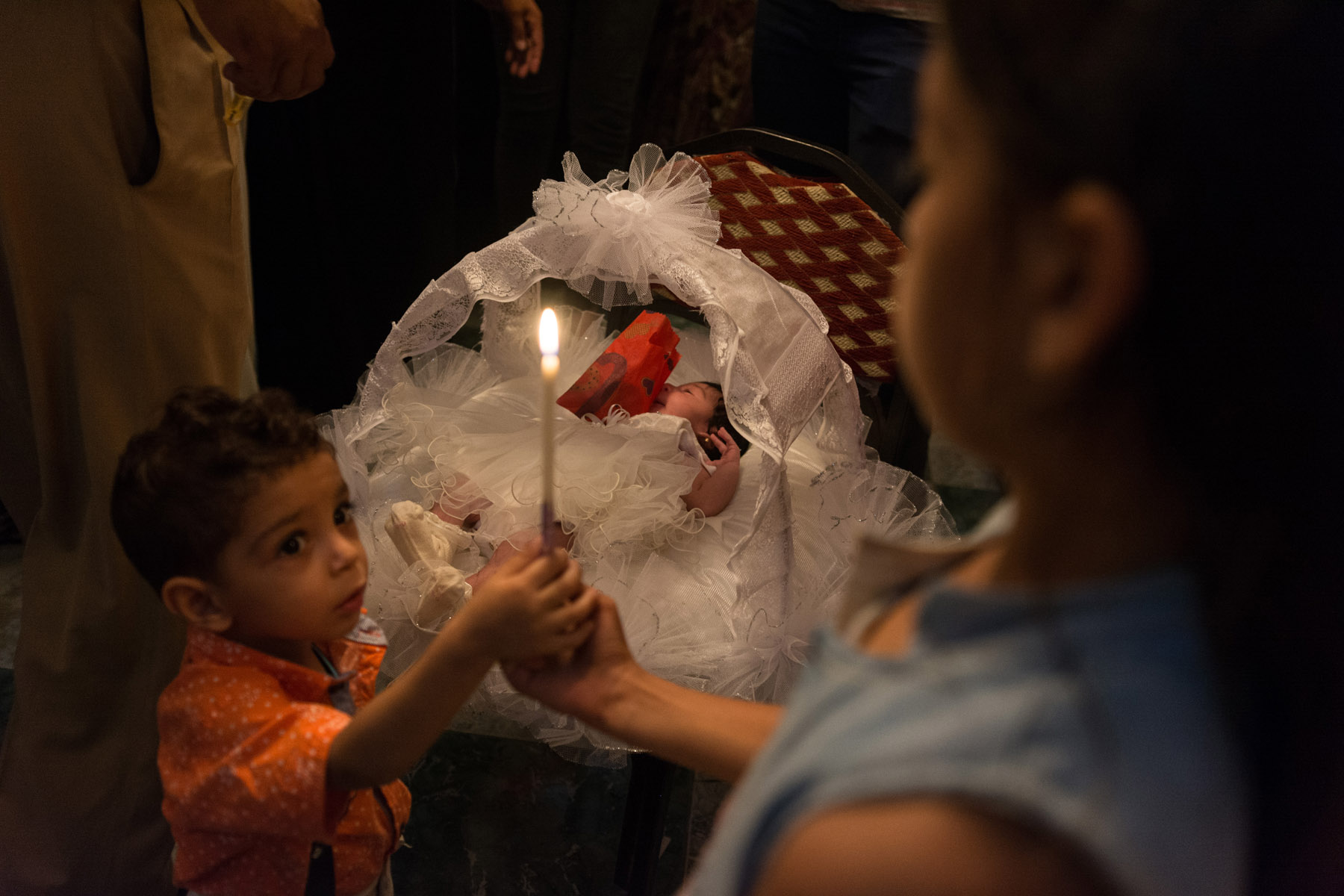
Taking seven steps over the sieve is also deemed an ancient Egyptian practice that is believed to ward off the evil eye. However, other theories would suggest that the number seven was a magical number in ancient Egypt, namely that it is strongly linked to the goddess of fertility and motherhood Hathor. In Al-Sebou’, the women burn incense and step over the sieve, chanting and repeating, “the first step in the name of God, the second in the name of God, […]” as the sounds of banging pestles and mortars continue.
In most recent times, Muslims have turned to the Islamic ritual of ‘Aqiqah’ as the celebration of the newborn. During the Aqiqah, which also happens on the seventh day after a child is born, a sheep sacrifice is made, and the meat is divided among friends, relatives, and community members in need.
In the book ‘Saba’ Habat’ (Seven Seeds, 2017) author Asmaa Gamal explores the ancient Egyptian and modern day traditions of the sebou’, where she follows the preparations needed for the day, including the shopping sprees for sweets, candles, and gifts.
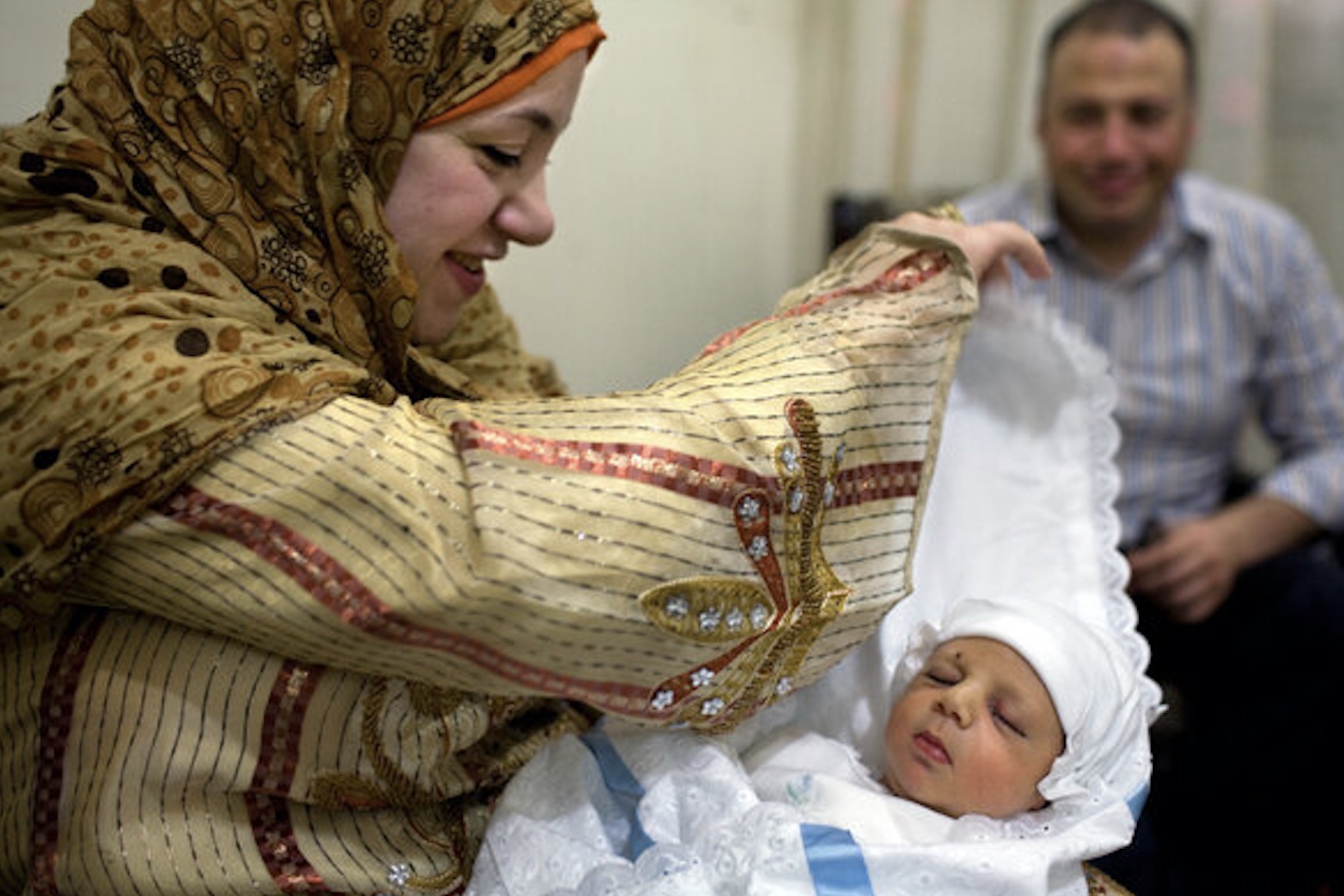
“I found that Egypt is the only country in which the Christian baptism celebrations in the church are close to the “Aqiqah” ceremony, which is the Islamic celebration, and both have the same festive social atmosphere. This is due to the fact that both of them have taken a lot from the Pharaohs,” explains Gamal in her book Seven Seeds .
Nowadays in Egypt, no matter the form of celebration, people celebrate by singing ‘Halaatak Bergalatak’ a song that wishes happiness and joy for the newborn.
The Egyptian sebou’ continues to be celebrated in Egypt today and has made notable appearances in Egyptian films and series such as in El Hafeed (The Grandson) in 1974.
Subscribe to the Egyptian Streets’ weekly newsletter! Catch up on the latest news, arts & culture headlines, exclusive features and more stories that matter, delivered straight to your inbox by clicking here.
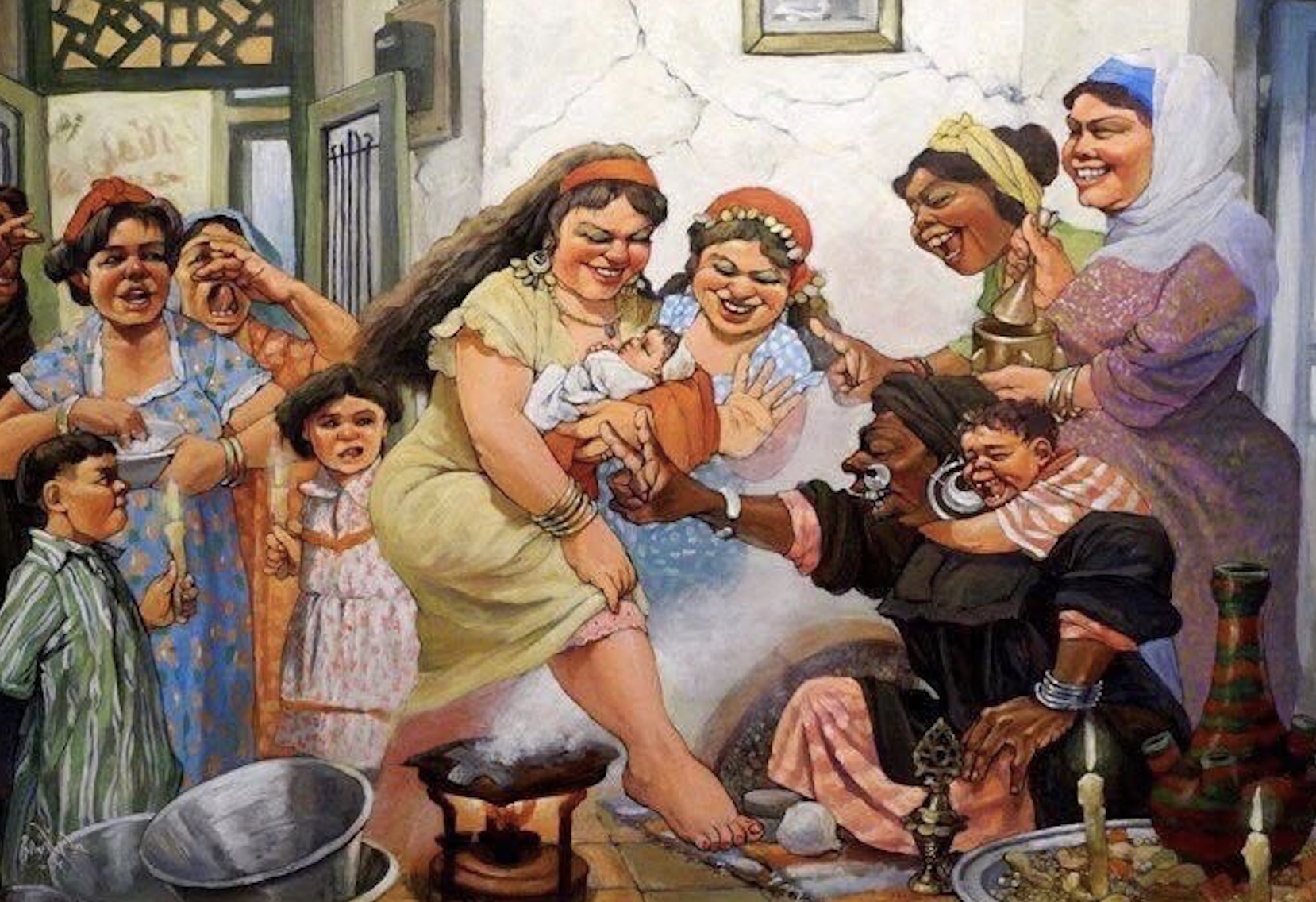


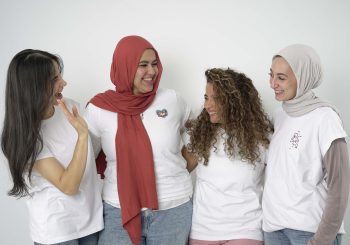
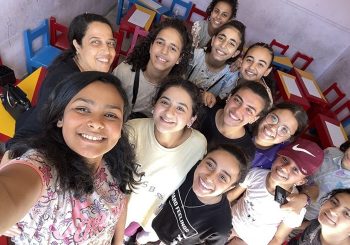
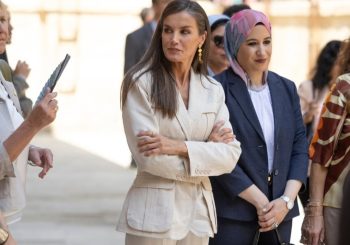
Comment (1)
[…] basic and simple tools for making such a simple and ancient sebou’ such as copper pestles, salt, wax, beans, fenugreek, lupine, lentils, corn, rice, moghat and also some sweets and […]